|
It’s typically reserved for the movie screen - a grand ballroom filled to capacity, guests wearing their finer threads and chamber musicians holding our silence. And it’s all playing out in Pontville. We’re sitting in Epsom House, among the 100 oldest homes of Australia, continuing a musical traditional 150 years in the making. Owners Jacqui and Geoffrey Robertson are staunch patrons of the arts. In this little-known country town, the pair have lured some of Australia’s and indeed the world’s most revered musicians. It’s an unlikely destination- that musicians may perform in Berlin, Sydney and Pontville, Tasmania. But here we are, in a gold-trimmed ballroom. It’s difficult to imagine the meticulously restored venue was without ceiling when Jacqui and Geoff took ownership. We arrive at the 1829-built mansion, lit warmly on this Saturday evening. Guests are enjoying a quiet tipple in the Drawing Room, just through the window beside a thick red door. We’re greeted by Jacqui, her animated eyes a telling sign of what’s in store. Ushered through to the Conservatory, plates of hor d’oeuvres are swiftly delivered to our hands, prepared by chef Ceinwen Macbeth. Downstairs is bustling with polite chatter and circles of familiar concert-goers – these performances are not publically advertised but most appear friends of Epsom House and long-standing fans of the Robertson’s evenings. As we move upstairs, we’re directed past stately rooms where we glimpse the beginnings of a four-poster bed. But it’s the ballroom that takes the breath. Our stage is set for the night of music to begin – the Robertson’s have a close relationship with the Conservatory of Music and tonight they are hosting classical flautist Jane Rutter and guitarist Giuseppi Zangari. Jane is not only a favourite of Epsom House, but has a soft spot for this Tasmanian ballroom in return. She speaks keenly of her last visit when the heavens opened in thunder, followed by the chirping of a happy bird. Tonight, she’s armed with enthusiasm, charisma and of course a flute that is played like a natural extension of her self. Teaming with Giuseppi, the two are a natural complement.
Giuseppi is exquisitely precise as his fingers deliver French Hispanic and tango rifts, looking up to Jane on occasion for final notes and playful interludes. Works by Piazzolla and Bizet flow between Jane’s engaging narratives. To have an acclaimed flautist who’s produced many a concert at the Sydney Opera House performing in Pontville seems as heavenly as the dessert interlude. It simply works – and those with a seat in the capacity-filled Ballroom know their fortune. Back in December 1853, Epsom House was known as the Tasmanian Inn. The Courier reported of a concert where ‘inhabitants of the district mustered in strong force, and were so highly delighted that a general request to repeat it will be complied with at an early period.” Let’s hope the same applies today. Words & images: Alice Hansen “Just throw the rest on the ground,” he says with abandon. She looks at him, then to the concrete floor with surprised horror. After all, the classic dry is an international medal winner – silver at San Francisco’s World Spirit Competition. But Master Distiller Bill McHenry insists. He wants the New Zealander to taste his smooth Navy Strength gin. This convivial exchange is typical of our entire day with Brett Steel, owner of Tasmanian Whisky Tours. In these parts, we don’t just taste from a teenage sales staffer, but are handed a world-class drop by the maker. The same man takes us up a bush track in his ute and shows us his natural springs. Our day begins in a suitable location, at Bill Lark’s cellar door, heralded as the Godfather of Australian whisky. As we sit beside a copper still that Bill had commissioned for his basement, we hear how he had the 1901 Distillation Act amended. Governor Franklin outlawed distilling for Van Diemen's Land in 1839- this was changed once Australia federated. It’s a fitting tale as Bill’s Classic Cask Single Malt Whisky is poured. He considers it a ‘breakfast whisky,’ a nice touch as we sink into deep red couches at 9am while morning commuters hum past the window up Davey Street. Brett’s passion for whisky is evident. He shares tales dating back to Ireland’s distilling in 1608 then fast forwards to Tasmania’s early settler days where thick stone walls were required by law to rise 10 feet around Tasmanian distilleries. Today, the commitment to small batch, hand bottled whiskies is the reason why 11 distilleries now thrive on this island, and more are rumoured to open. Bill was on a fly fishing trip in the central highlands when his idea dawned. Looking out to barley fields, freshwater flowing from the Clyde River and peat bogs just up the road, it occurred to him Tasmania possessed a world-class recipe for whisky. He hung up his surveyor hat and has been perfecting this recipe ever since. We drop into Wursthaus Kitchen to collect a gourmet picnic before heading over to Sullivan’s Cove Distillery in Cambridge. The moment we enter, we’re hit with thick wafts of whisky. Around 800 barrels of aroma in fact. But not just any barrels. Sullivan’s Cove French Oak Cask was named the world’s best single malt in London’s World Whiskies Award for 2014. We’re taken into the belly of the distillery, where bottles are individually labelled and sealed and 20-litre casks sit patiently for their owners – lucky recipients who have their own personal batch of Sullivan’s Cove goodness. The tastings are poured into Glencairn crystal whisky glasses, Scottish crystal ware that is supplied to the royal family. No surprises that our New Zealander whispers, “utterly beautiful” as she noses her single malt and sips what is described as, “Christmas cake in a glass.” Our next stop is William McHenry’s distillery, just beyond Port Arthur Historic Site. As we cross the Dog Line at Eaglehawk Neck, intended to keep convicts at bay on the Tasman Peninsula, Brett shares stories of escapees never confirmed. Did convicts really sneak onto trade boats and make it back to England? Today that mystery is blanketed in misty rain. We’ll never know. It’s something to ponder over warm coffees at Port Arthur Lavender while a huddle of locals knit by the fire. We’re met with warm handshakes, two ‘Bill’s’ and Daisy the distillery Labrador on arrival at McHenry’s. Bill McHenry bundles us into his ute and drives straight up the hill to show us his secret water source while there’s a break in the rain. Down a damp forest track, he crouches with our three crystal glasses. This spring has been there eons and is the reason Bill chose this site for his distillery; it’s the DNA for all his spirits. Five natural springs onsite bubble up through ancient dolerite, delivering the smoothest water I have ever sipped. Tipping the glass, it cascades down your throat like velvet. They call the alcohol that evaporates from casks during maturation the ‘angel share’ but it seems Bill has more than his share of angel water to compensate. This water is heavenly. Back down the hill we huddle in for a sit down lunch of gourmet meats and salads with crusty sourdough. Daisy looks on with anticipation but retreats to her ‘barrel kennel’ in obedience. We get a sense of how passionate Bill is about his spirits when he casually points across to a make-shift bed. This pull-out ensemble is where he lies regularly when he has to monitor the still; no matter how wintry the conditions. As we sit around the coolish dining table, I’m enchanted by his devoted ways. Next stop is the Bond Store, which doubles as the McHenry Gin Lab, a place where Bill runs gin making glasses of a Friday. Little wonder small batches of women get giggly sipping their handmade martinis by late afternoon. Almost by accident, Bill has become a leader in craft gin making. His sloe gin is so popular, that he and fellow Bill have spent countless hours foraging for sloe berries along hedge rows in northern Tasmania to keep up with demand. Has it been worth it? The awards are telling- Australia’s southern-most distillery has collected many for its Classic Dry, Old English Sloe Gin and Navy Strength 100 proof. Yet, Bill remains humble and generous with his time for us. He even shares a pre-release drop of his upcoming single malt whisky. Bangor Oyster and Wine Shed is the final stop for the day – where there is no sign of whisky. But that’s okay, because Brett has one of the world’s only 100 per cent rye whisky tucked under his arm. We’re told Peter Bignell’s Belgrove whisky goes beautifully with plump Pacific oysters. It’s a fitting finish to the day, as we’re told stories of how Abel Tasman set foot on this very land, planting the Dutch flag. Bangor has paddock to plate all figured out. The wine tasting happens overlooking the very vines from which they came, and Tom Gray’s oysters are farmed in the bay just outside the far window. It doesn’t get any closer. But they’re not done yet. Out comes freshly cooked abalone in two gorgeous shells. We’re delivered back to Hobart in time for our New Zealand friends to head out for dinner at nearby Franks. They have only metres to walk from Lark Distillery. It’s pleasing to hear this one-day taster will soon be a weekend experience. From July to November, Brett will be hosting Whisky Weekends beginning with whiskies from swanky Glass House’s bond store on Thursday evening. The weekend includes paddock-to-bottle tastings at Redlands Estate and a Posh Pit cruise to MONA for a cellar door experience. What better place to launch these whisky weekends than with politicians at Parliament House in Canberra next week.
For tours visit: tasmanianwhiskytours.com.au. *You'll find information on the three day weekends on Brett's website. Words & images: Alice Hansen A bottle of Tasmanian red is warming by the crackling fire. King Island brie is generously sliced as new friends exchanged raised eyebrows. For a Detox Retreat, things are looking pretty good. We’ve just arrived on a cool evening at Ratho Farm and there are no spinach leaves in sight. What we learn promptly though, is that we’re in expert hands. Go Team Training owners Alana Mann and Dan Lowry know how to foster health and wellness in busy folk, harnessing decades of experience. An intimate group of seven are committing to three days at one of Australia’s earliest inland settlements, Ratho Farm, home to the country’s oldest golf course. It’s a fitting location for Alana and Dan, whose nutrition ethos is fairly austere. They have seen protein diets and paleo fads come and go, but for these two the recipe is simple - eat traditional whole foods. As Alana says, “eat like your great grandmother did.” Out comes our first meal (not the above salmon!), and again a few quiet whispers are exchanged. “Are you sure we should eat these white potatoes?” The meal is delicious; slow cooked lamb, salad with creamy fetta, and crispy local potatoes. As Alana assures the table that potatoes are not to be feared, the group relaxes into the knowledge that balance is more important than tossing whole food groups to the curb. Wines are poured, laughter is shared and we’re even served up dessert. It happens to be raw. And it’s delicious. Come 8pm, our masters are sneaking a yawn in. Dan, a former paratrooper who today trains professional athletes as a Strength and Conditioning expert, admits that he’s often tucked up and asleep by 8.30pm. Alana, a leading expert in holistic wellness, nods agreeably in a manner revealing her eagerness to hit an early pillow. Having owned a thriving gym and café concept in Sydney, she’s enjoying the relaxed Tassie pace and has done more than her fair share of bedtime reading on the restorative benefits of decent sleep. Like Ratho’s sheep, we all follow suit. Dan and Alana probably need a good rest. From 6am-6.30pm they conduct classes at their Go Team Training gym in central Hobart, six days a week. Not your typical gym, this pair tap into scientific research and base programs on practical client experience. They afford the same attention to a client’s body fat percentage and customised plan, as they do to ever-changing lactic workouts so every gym visit is different. The result is a boutique gym offering a new level of expertise in the Hobart fitness landscape. Go Team is based around the belief that group training is best for facilitating change in body composition. After years of personal training, by combining forces in a team environment, they knew they could provide greater impact than giving undivided attention to a single client. “Plus, the energy of the group encourages everyone to work harder,” adds Dan. What’s more, it’s also a good dose of fun. Our first morning begins with a special concoction. Warm water is swirled with Himalayan rock salt and a splash of apple cider vinegar. It’s not a pleasing taste, but we’re comforted by its ability to stimulate the digestive process and encourage an alkaline state. It’s the perfect precursor for fresh eggs and bacon served up in the original Ratho homestead. No cereal in sight, nor sugar-filled juice, we are again assured that ‘good fat’ equals a ‘good start’ to the morning. As we settle in for a long chatty breakfast, I begin to think these Detox Retreats are cruisy business. What I don’t know is that a full 30-day detox, beginning with five days of ‘certain veggies only,’ is to follow our time together. Perhaps that was in the fine print! But for now, everything that flows from Dan and Alana makes perfect sense; even down to the importance of ritual and sharing meals with others. The more our bodies learn stable and wholesome routines, the healthier we become. And so far this hasn’t involved 345 crunches or carrying a tyre up a hill. Just before our 10am lecture, we gather in a cosy kitchen for cups of tea. But not just any tea. This is tea made by Anthia Koullorous, a clever girl whose brews are found in Sydney’s finest eateries. I eye off the bag labelled ‘rise and shine,’ hoping that my non-tea drinking self might convert. I take a sip. I’ve never enjoyed tea more. This tea is the most delightful little bag of goodness –seeping through into my highland water. I can sense mellow flavours on the back corners of my tongue- sweet yet gentle- nothing like the swills of caffeine usually flooding through. This is nice. I feel alive and a strange sense of calm moves in. Not to sound like a Dilmah tea ad, but I’m struck with a small moment I’d often overlook; a moment where I can nourish my body. I stop, sip and take a jiffy to appreciate the skin I’m in. If Dan and Alana intended to instil this simple ideal, they’ve done so on day one. Our morning workshop is all about the gut. That’s right, there’s even a slide titled ‘get your shit together’ and although not all of it is café conversation, it’s worth talking about. If you can learn how to kill off ‘fungal overgrowth,’ why wouldn’t you? And if 80 per cent of serotonin is made in the gut, eating right might just make one feel brighter about the world. We learn that supermarkets are good for toilet paper and dishwashing liquid- about the extent of their nutritional products. Word on the Go Team Training street is to support the local butcher, go organic with your veggies and support local growers where you can. Snippets of gold are interspersed with open discussions. Who would have thought olive oil is at its best when it’s not put near a fry pan? Serve it cold on a salad and relish its goodness. Absorbing all that information calls for a well-earned meal. This time its Tassie Huon salmon and a bitter-flavoured salad, dressed with the aforementioned olive oil. It’s delightful and slow-burning fuel for our afternoon expedition into the highland hills. We walk for a couple of hours in the low afternoon sun, reaching the top of Nicholas Sugar Loaf to enjoy views of Mount Wellington, Mount Ossa and across the central plateau. The autumnal air is clear and crisp. On return to the homestead we settle in for afternoon tea by the fire- protein enhanced bundles of tapioca in sweet glass jars. Dave, one of Go Team’s most enthusiastic clients, inhales his before the kindling has caught flame. I can’t blame him though, it’s a tasty treat. The lady beside me sighs with relief that we can enjoy it during the 30 day detox. Come nightfall we are back together for a hearty pork goulash that’s been slow cooking away through the day. Wines are poured and cheery chatter is interspersed with wellness snippets we file away as health nuggets. Of course, most of our body clocks are now on 8.30pm bedtime, so there’s no Lark whisky nightcaps by the fire for our group. Getting into this wholesome rhythm, we rise with anticipation. There’s contagious enthusiasm now- downing our Himalayan salt sprinkled over apple cider vinegar with child-like fervour. Being kind to our bodies, and making this commitment is not about instant results, reminds Alana, but for the ‘us’ we’ll have in six months. Little changes make all the difference. Today is about stretching, it’s about learning how to exercise in the confines of small spaces using our bodyweight and it’s about more time in the classroom. Education is key over these three days and absorbing new knowledge takes me back to high school days. It’s refreshing, knowing that our ‘teachers’ have decades of arsenal in their backpacks to share with us. They’re not an unknown website, or the latest fad, they’re living examples of what they preach. What have Alana and Dan taught us? That fitness isn’t all about pain and thrashing one’s body. In fact, it’s quite the opposite. Wellness is about being grateful for your body’s movement ability and nourishing it with the kind of affection you’d afford a new born. Where along the path did fast living and fast food become superior to taking care of that one body each of us are issued? Look at Dan and Alana and they look a picture of health. Strong, alert, bright eyed and positive. This didn’t accidentally happen. This is a crafted look. This is a nurtured look. Come across Dan when he’s working out and yes, he’ll be stressing those triceps to the max, but he’ll be doing it in a calculated, measured way. A way that his body trusts. And he’ll reward it when he’s done. Watch Alana prepare a meal and she’ll dedicate thought to every green addition, like a piece of the puzzle built to nurture us from the inside. Most three day retreats are glorious breaks from the real world. Walk away and by 7am the next morning, emails are stressing you out and your body takes a backseat to the daily workload. At this retreat, Dan and Alana are aware of this. Exercises are taught that can be done in a hotel room, meals are made for slotting into manic lives- where slow cookers do the work and where dinners can become tomorrow’s lunch. They know how to train and eat well, compacted into a busy schedule because this is how Dan and Lan live. They breathe wellness despite their hectic days. The busier they are, the greater their focus on what is precious. As Dan reminds us, “we all have the intelligence to understand what’s good for us, but wisdom is the execution of this knowledge.” On the final day, I feel as though I’m amongst good friends. There’s a comradery unfound in a generic gym, where sole fitness enthusiasts hit a treadmill silently. This is what binds a professional sporting team- the desire to work together toward a common goal. Dan and Alana know that this recipe works. It forges a commitment from each to help another across the line. It encourages folk to share knowledge and pat one another on the back for successes…surely that’s how health and wellness should be. Find out more:
Go Team Training w: go-teamtraining.com.au m: 0488 003 089 Ratho Farm w: rathofarm.com Words & images (unless credited): Alice Hansen |
TAILORED TASMANIAYour launch pad for exploring Tasmania like a local. Archives
July 2023
Categories
All
|


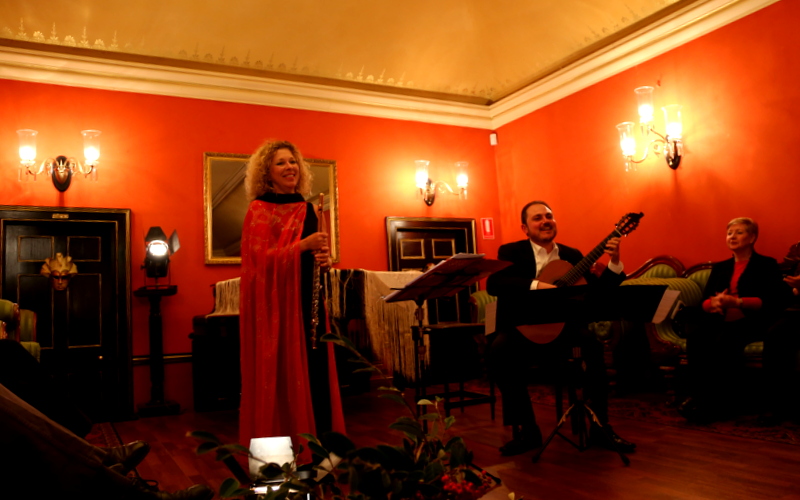
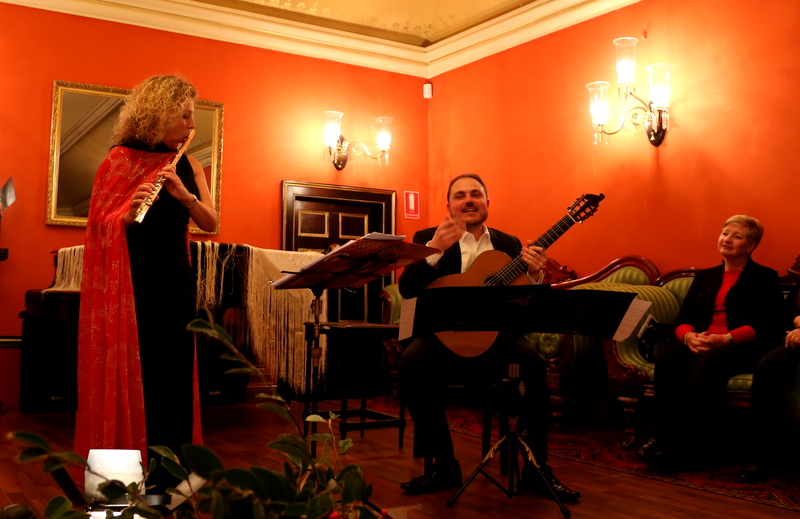



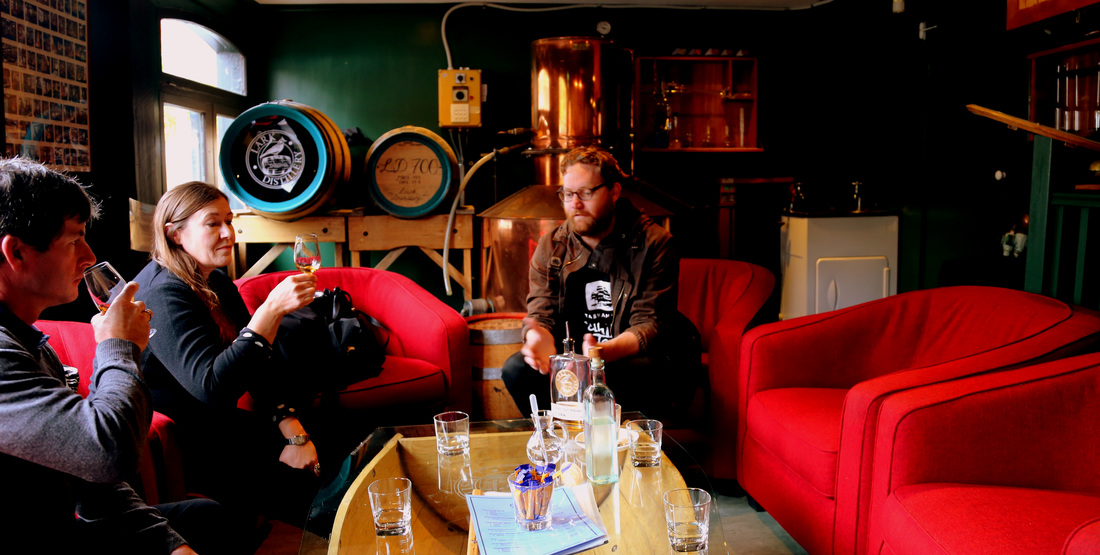
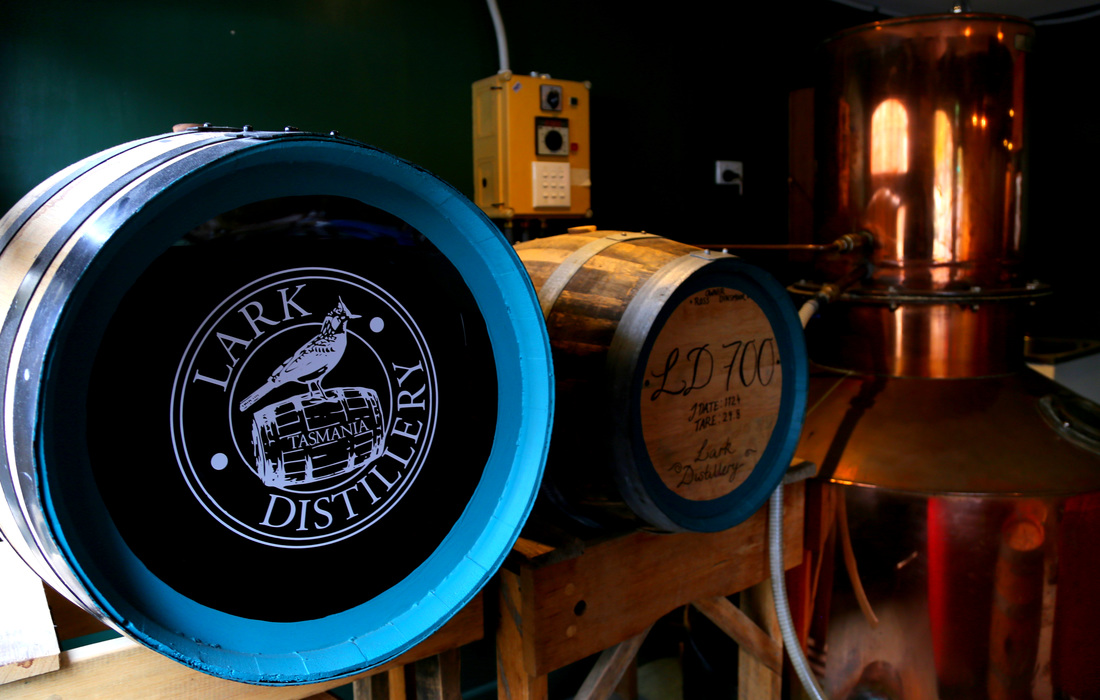

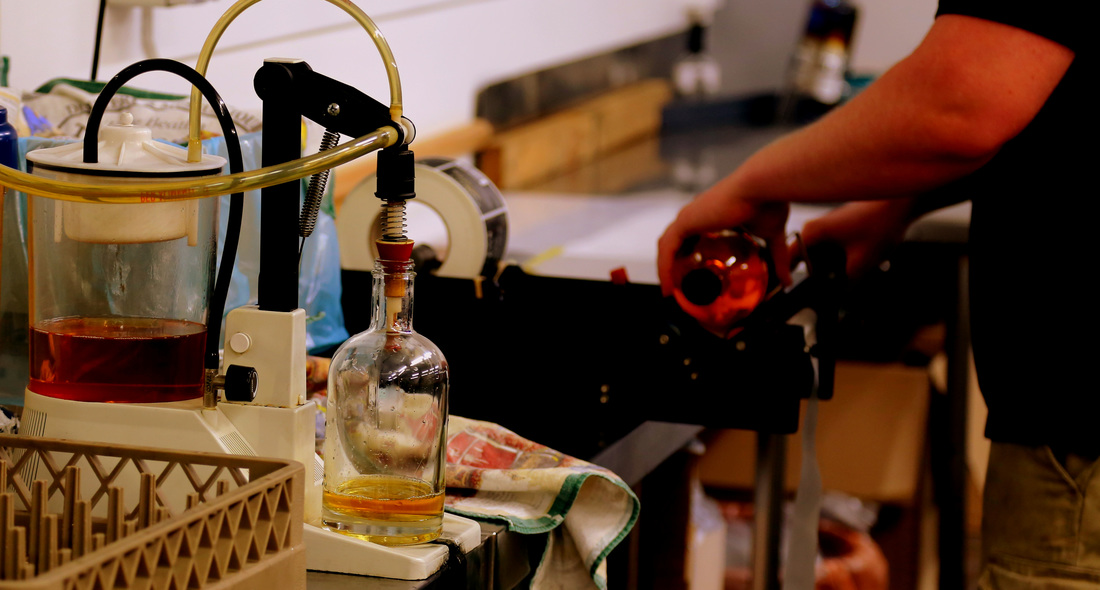


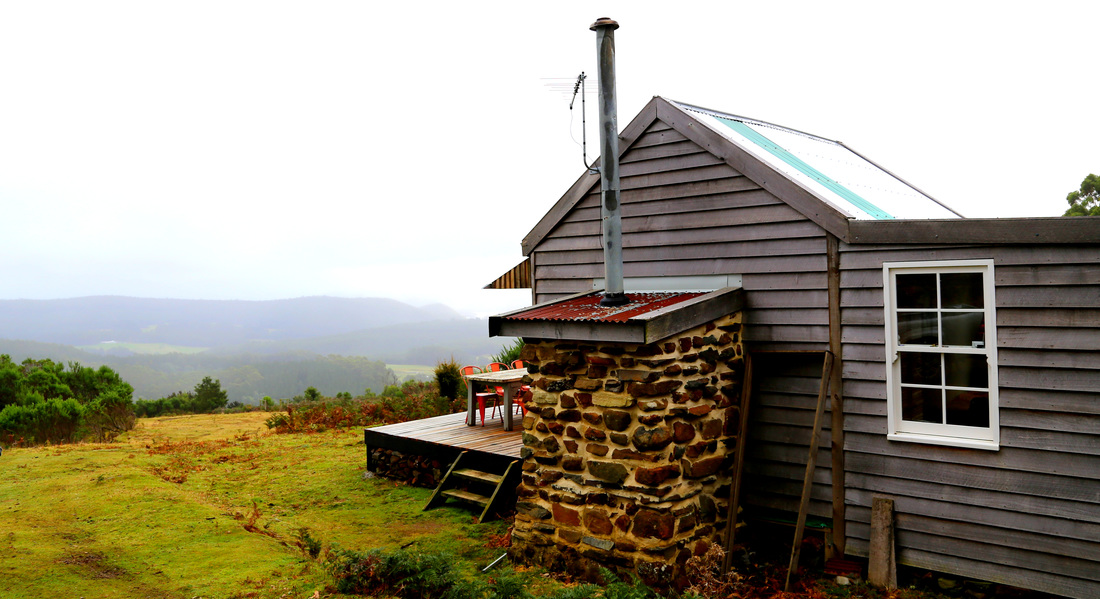
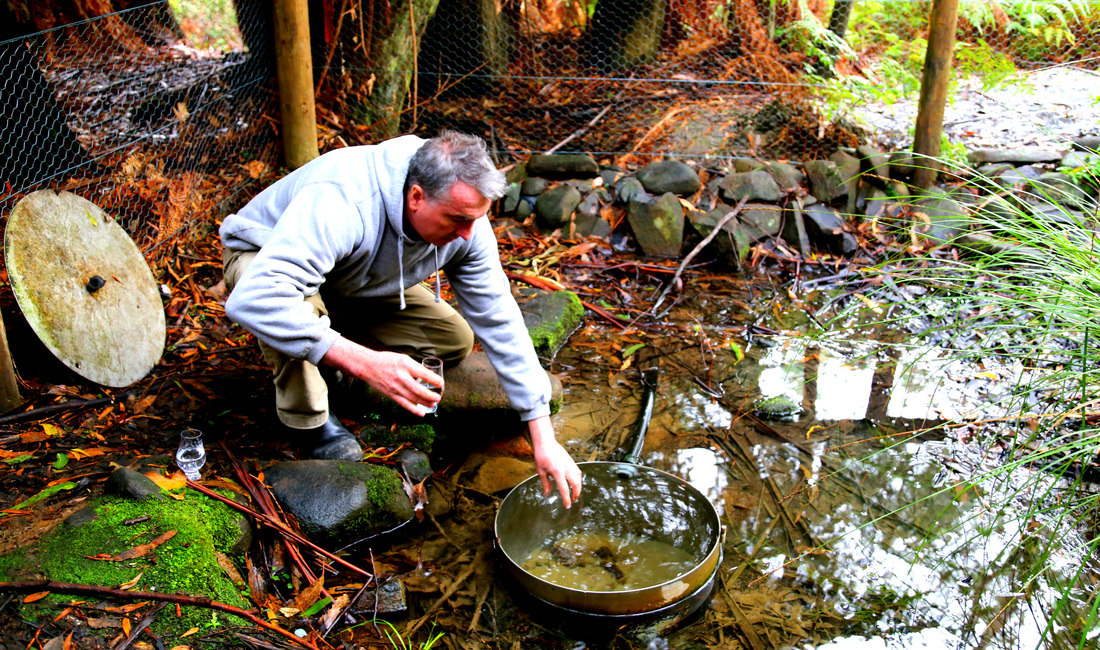




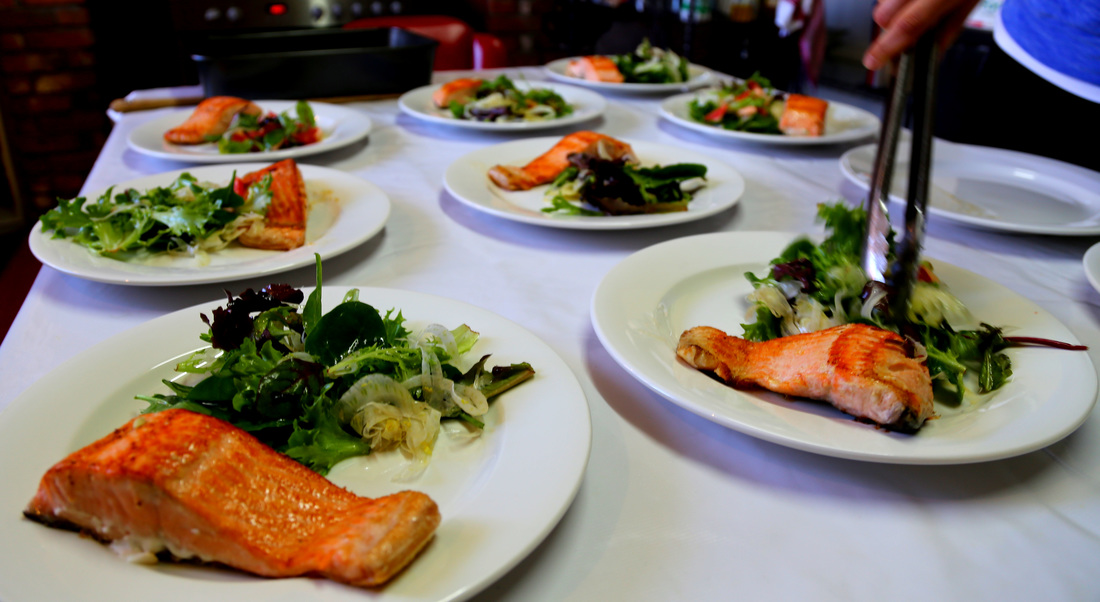
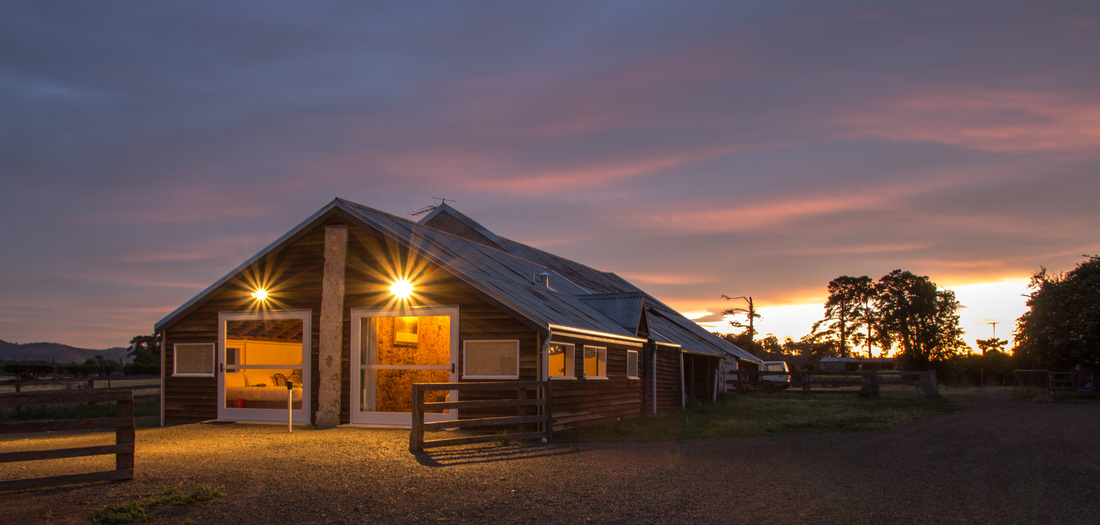
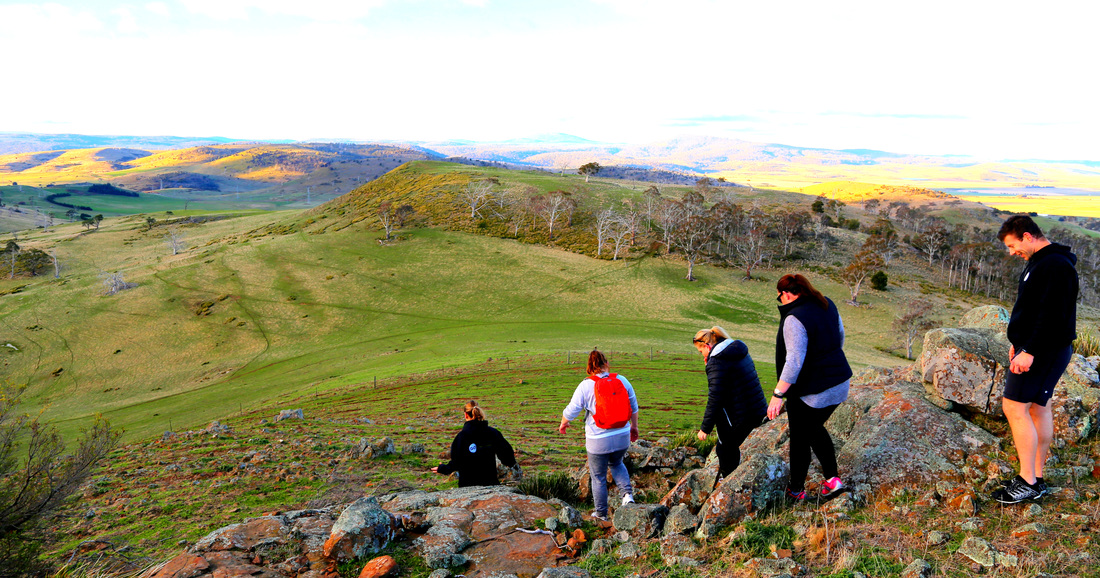


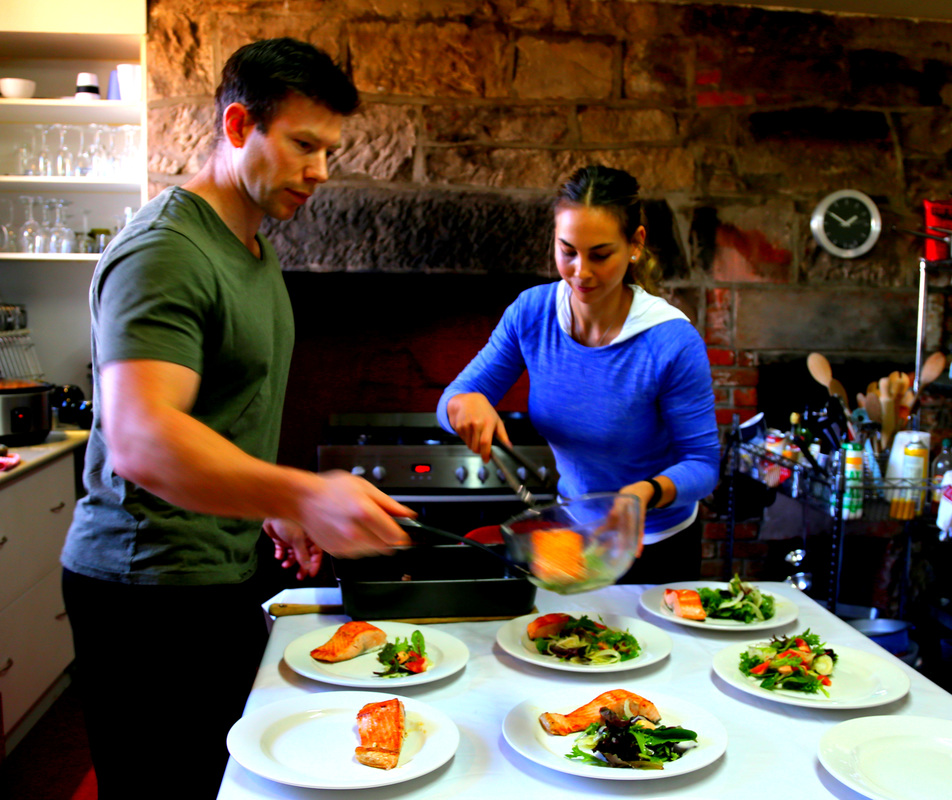

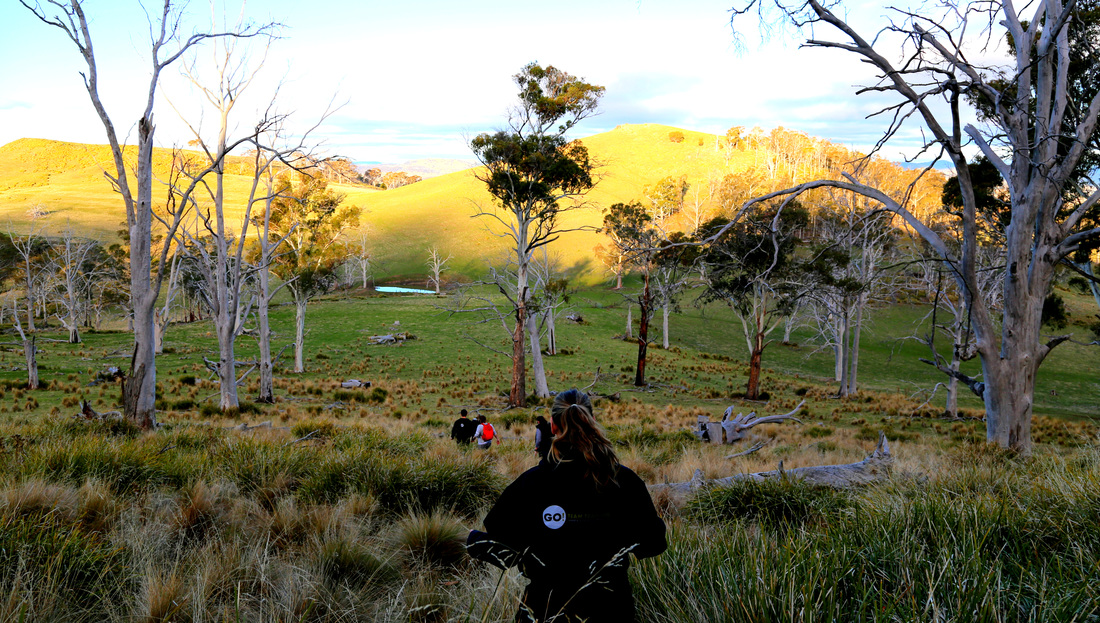
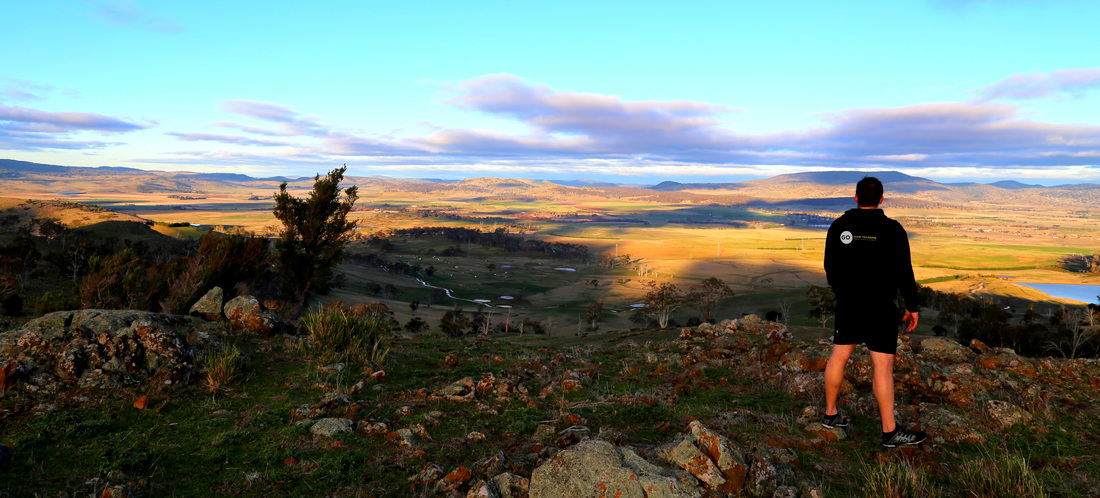


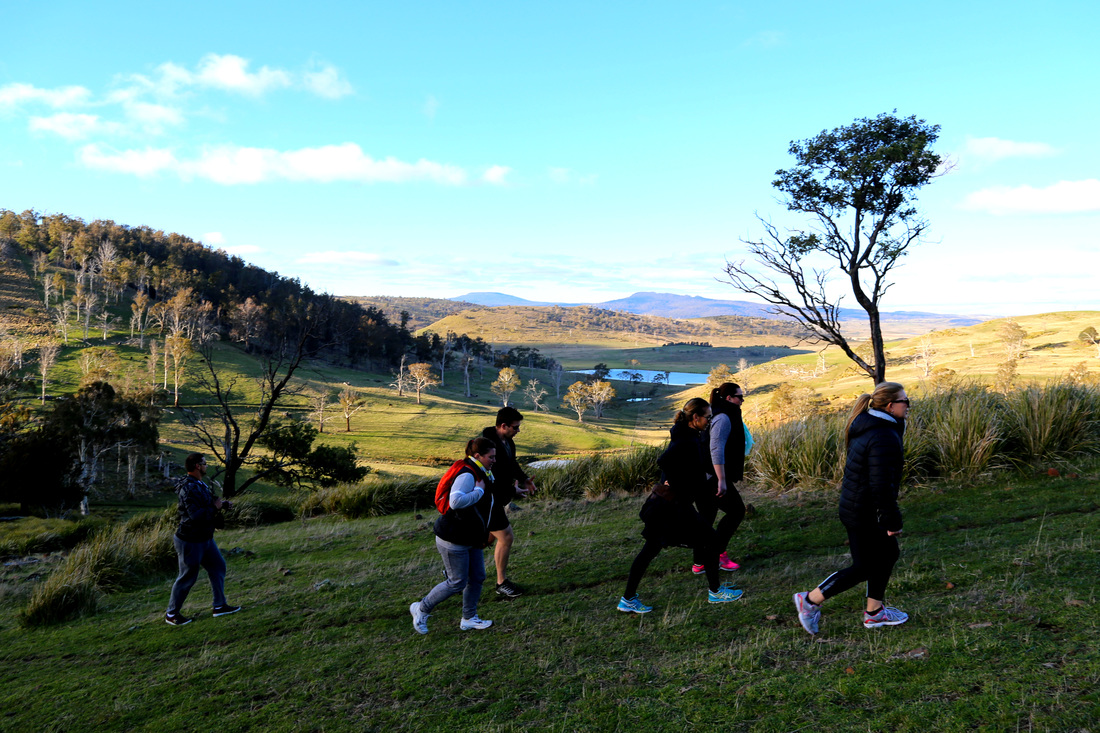
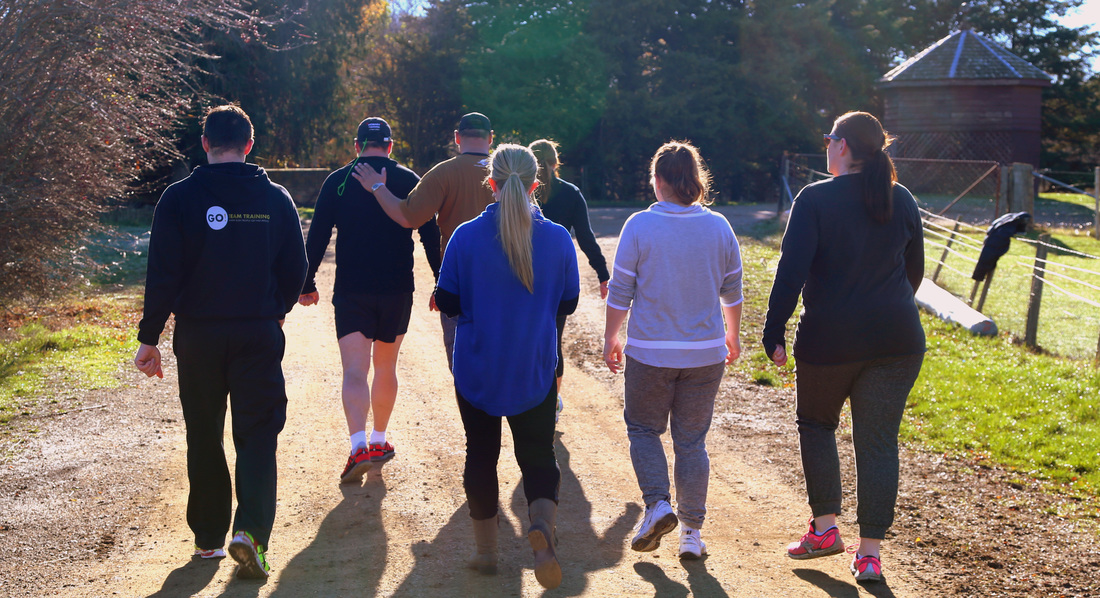

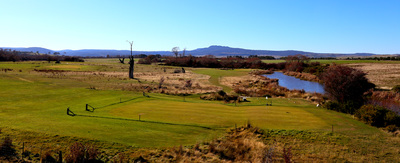




 RSS Feed
RSS Feed